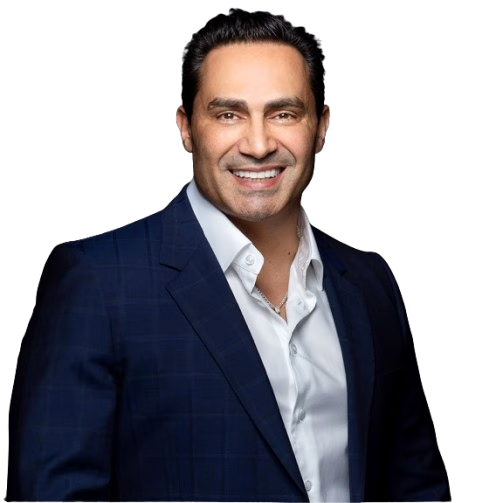What are the Possible Complications?
More information on general potential complications can be found on our site. LEARN MORE
Whenever someone is having an anaesthetic, no matter what it’s for, then things can potentially go wrong. That is why no surgery should be considered “minor”. Of course, whilst the chances of the following potential problems occurring are extremely small, you still need to know about then:
- Anaesthetic issues – which can affect heart, lungs or cause strokes
- Allergic reactions – This can be very mild to life threatening.
- Clots
- Superficial vein clots, which is a complication of the cannula or drip that’s placed in your vein
- Deep vein clots – these can potentially spread to the lung and be life threatening. We do several things during surgery and after surgery whilst you’re in hospital to minimise the risk of you developing these.
- Wound problems – such as infection and breakdown
- Bleeding – early or late
- Death – whilst the chances of this is exceeding rare, any of the previous issues can result in this devastating complication.
All these potential problems are standard for any operation, although some operations and some patients have an increased risk of developing them.
Specific potential complications include:
Nipple Sensation – Changes in sensation (increase or decrease) can occur after any breast surgery but normal sensation should return over the course of 6 – 12 months.
Permanent loss or alteration of sensation will occur in at least 10% of women.
Nipple Loss – If the blood supply to the soft tissues underlying the nipple/areola is compromised, partial or complete loss of the nipple/areola is possible. Cigarette smoking will greatly increase the risk of this occurring.
Breastfeeding – As previously mentioned, some corrective nipple surgeries can reduce your potential ability to breastfeed.
Scarring – All surgery involves scars. We will advise you on ways to optimise the quality of your scar, such as LED therapy, massage, use of silicone strips and scar creams.
Longevity – The results of your nipple correction surgery will be long lasting but, over time factors such as childbirth, breastfeeding or hormonal factors will continue to affect the size and shape of your breasts and therefore possibly nipples just as they did before surgery.


